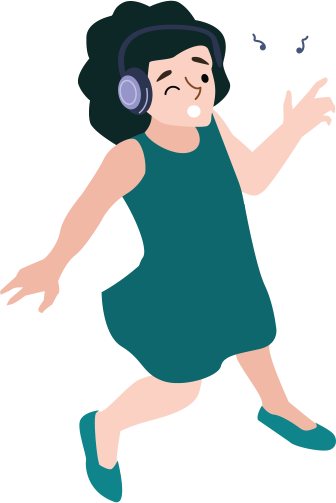Look for opportunities

Physical activity opportunities can be found in nearly all settings and nearly all times of day. Opportunities include during:
- recreation and leisure (play, games, sports or planned exercise),
- physical education and sport,
- transportation (wheeling, walking and cycling), and
- household chores.
Physical activity can be done in indoors and outdoors in all settings, including home, school, daycare, occupational settings, shopping centres, parks, and beaches.
You can download a document to help you plan opportunities for uptime by clicking on this link.
WHO Good practice statements

These good practice statements are applicable to people of all abilities:
- Doing some physical activity is better than doing none.
- If children, adolescents, or adults living with disability are not meeting the WHO recommendations (below), doing some physical activity will bring benefits to health.
- Children, adolescents, and adults living with disability should start by doing small amounts of physical activity and gradually increase the frequency, intensity and duration over time.
- There are no major risks for children, adolescents, or adults living with disability engaging in physical activity when it is appropriate to an individual’s current activity level, health status and physical function; and the health benefits accrued outweigh the risks.
- Children, adolescents, and adults living with disability may need to consult a health-care professional or other physical activity and disability specialist to help determine the type and amount of activity appropriate for them.